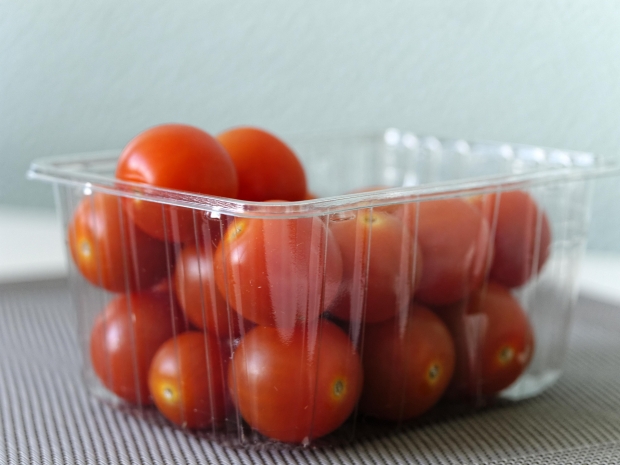 Loading... Please wait...
Loading... Please wait...Save Money. Grow Your Own!
Fast Plain Box Shipping.
We ship to the US & Canada.
Grow Your Own!
Project-Based Learning with Hydroponics
Posted on 14th Jun 2016
What can you learn from hydroponics? Quite a lot, actually. And some school teachers are taking this idea to heart, and putting hydroponics project into the classroom - helping their students to achieve new things with this type of innovative gardening.
Hydroponics does a lot for kids -- it teaches them about nature and about how plants grow, and introduces them to biology in a very hands-on way. Instead of paging through an old textbook full of plant biology drawings, young people are getting practical experience in how to support the natural development of plants, and building their own “green thumbs” for the future. But beyond that, the kids also learn about self-reliance and sustainable project management. They learn about how to initiate something and follow through - they learn all of those soft skills that will help them to achieve later in life -- from organization to attention to detail and problem solving.

So what can you learn from these projects? Plenty.
Here's an example from Catalyst Charter Middle School where a project-based learning approach shows hydro beginners a lot about exactly what you need to start out with growing plants.
“Vision is all important.” writes teacher Sandy Wisneski, describing the school's hydroponics project that eventually helped produce some excellent greens. “Be sure to know your vision and where you are heading before starting. What do you want students to learn through the project? How will the project challenge the staff and students? This may sound simplistic, but it will help guide the direction of the grant.”
The school called an outside expert to evaluate the project, and then started to build a list of the materials that were needed.
Here's where beginners can get a good idea of what physically supports a hydroponics project. You see a list of items such as reservoir pieces, air pump elements, and tubes, as well as lighting elements and pH value and total dissolved solids testers. This is pretty much the shortlist for what you need to set up a basic tray-table hydroponics system.
There are also helpful tips in this article such as the offhand references to purifying water -- this is a very important step, and one that beginners might skip if they don't pay attention to what is commonly done to make sure plants grow well.
Documentation of the project shows students and others preparing the nutrient solution, putting elements in place, and sharing the results with families.
“Students had the opportunity to demonstrate their expertise in hydroponics during our end-of-year Catalyst Showcase Night.” Wisneski wrote. “Parents and community members viewed displays of projects over the past quarter while listening to presentations by students…The hydroponics project was a new experience for many families. They were surprised to see lettuce floating on rafts with roots extending into the bubbling water. They were especially surprised by the difference in growth and color of the plants between the LED and fluorescent lighting.”
There is even a shot of some of the students enjoying the fresh green produce that comes from this type of project.

Even just scanning an article describing a project like this can help beginners really get things straight in their heads about what hydroponics requires. You assemble all of these materials, either in a kit or individually, and put them together. You work with the reservoir water to make sure that it has the right nutrients and the right pH value and other factors. Over time, you support the plants as they grow, and then you harvest. It's not that complicated in theory, but in practice, it takes some work and attention to detail.
Think about starting your own hydroponics project today, and how you could put together these simple lists of necessary materials to get your own green produce developing in your home or business space.
